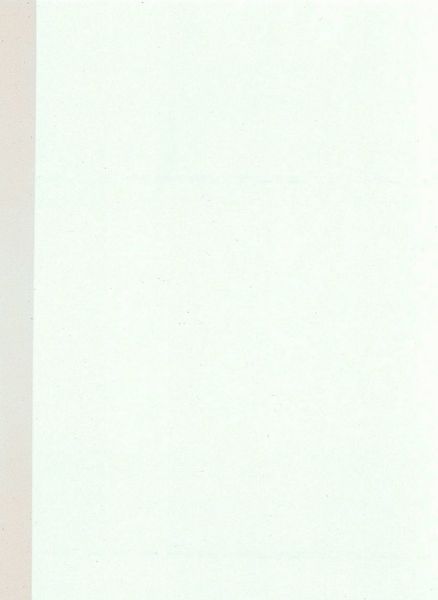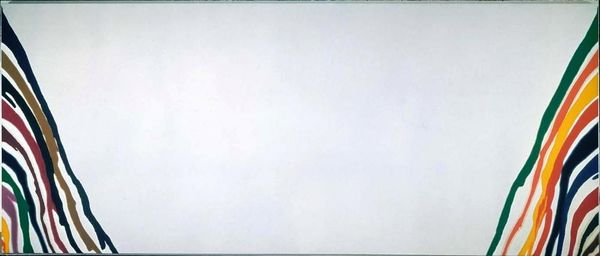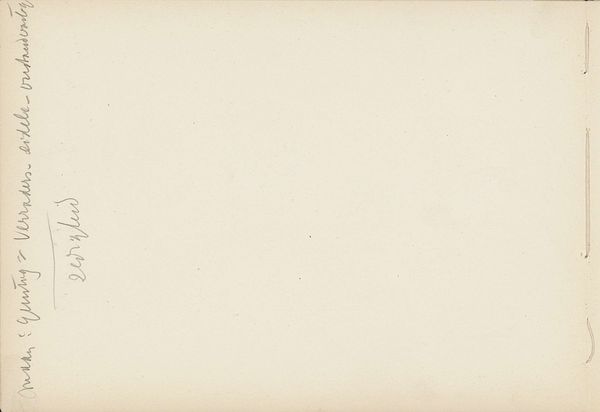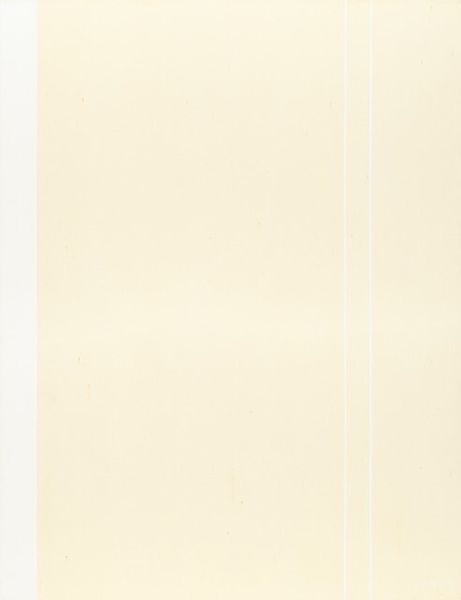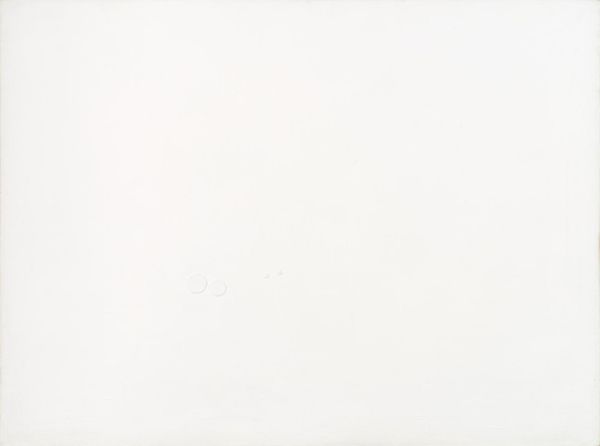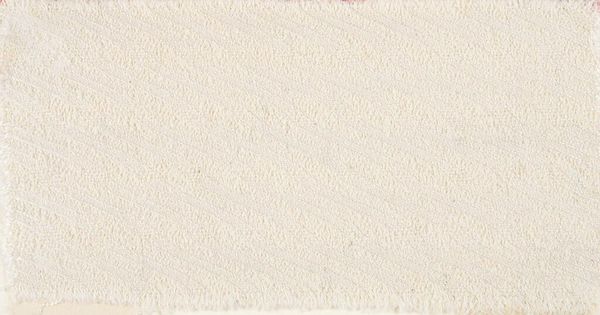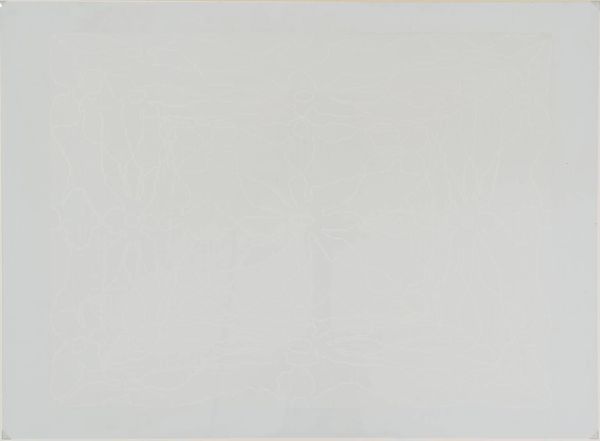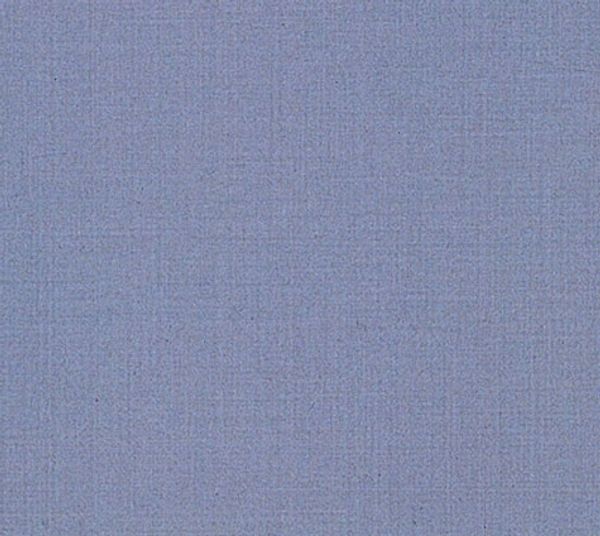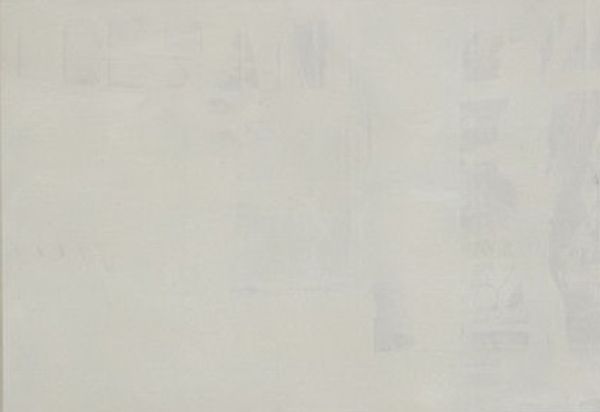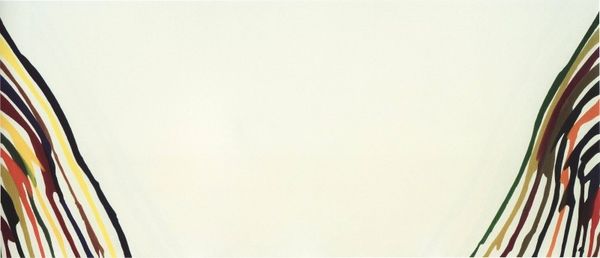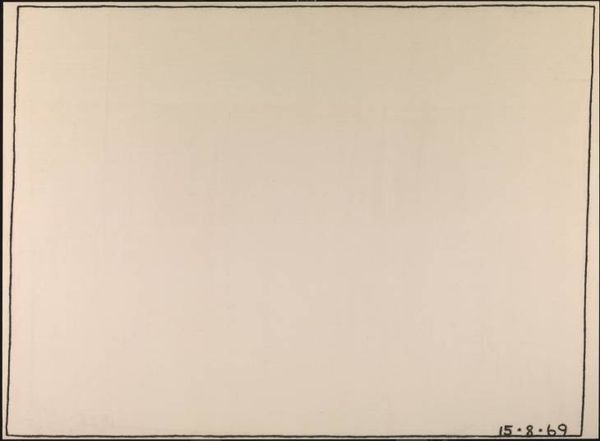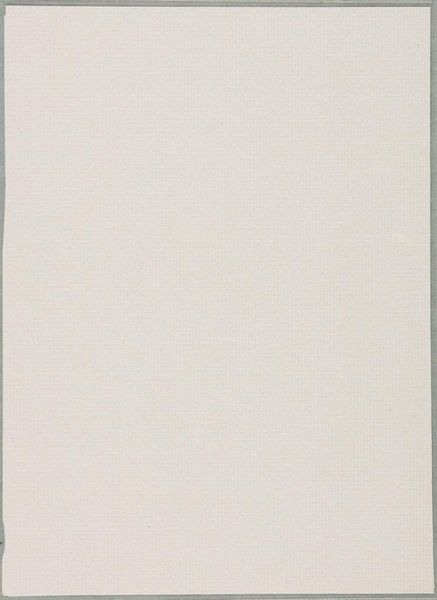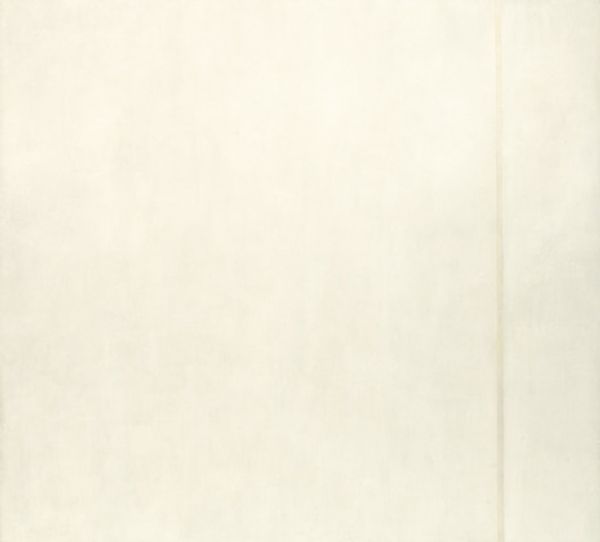
Wall Drawing #65 / Lines not short, not straight, crossing and touching, drawn at random using four colors, uniformly dispersed with maximum density, covering the entire surface of the wall. 1971
0:00
0:00
drawing
#
drawing
#
abstract expressionism
#
conceptual-art
#
minimalism
#
geometric-abstraction
#
abstraction
#
line
Copyright: National Gallery of Art: CC0 1.0
Curator: Sol LeWitt's "Wall Drawing #65" created in 1971 offers a deceptively simple yet complex engagement with minimalist and conceptual art. It comprises lines, none short or straight, intersecting and touching, drawn randomly in four colors, uniformly dispersed, achieving maximum density across the entire wall surface. Editor: Whoa, my first impression is total immersion. It's like staring into a blizzard – beautiful but maybe also a little disorienting if I look too long. It’s surprisingly calming too, almost meditative in its way, which feels odd. Curator: Indeed, the beauty arises from the artwork’s execution as well as the sociopolitical questions it prompts. LeWitt’s instruction-based practice delegitimized the importance of artistic mastery by emphasizing the idea over the physical creation. This was revolutionary, subverting capitalist notions of labor within the art world. Editor: I get it. The artist creates the system, sets the parameters, then releases control, letting others execute his idea. In a way, he's questioning the concept of authorship. I’m imagining these art workers empowered by instructions, the artistic elite decentralized! Curator: Precisely. This decentralized approach, reminiscent of systems analyses widespread at the time, intersects with the ethos of democratization, reflecting the politically charged atmosphere of the period and broader critiques of hierarchy. How fascinating! Editor: Right. You start seeing connections all over. I think of the computer code being written at the same time, an underlying logic producing infinite variations. It messes with what we call beauty. It challenges our expectations of skill and authorship! Curator: Yes! This work, in effect, performs a critique of the very system within which it operates by inviting different hands, experiences, interpretations. LeWitt’s emphasis on process and deconstruction speaks volumes. It opens opportunities to investigate art’s power in reshaping our understanding of aesthetic experiences. Editor: It does. Thanks to your lens, now I can see this artwork not just as some nice chaotic scribble, but as a statement on authorship and democratizing creativity itself. A pretty radical idea that invites participation and breaks the art world's exclusivity—it all makes perfect sense!
Comments
No comments
Be the first to comment and join the conversation on the ultimate creative platform.
